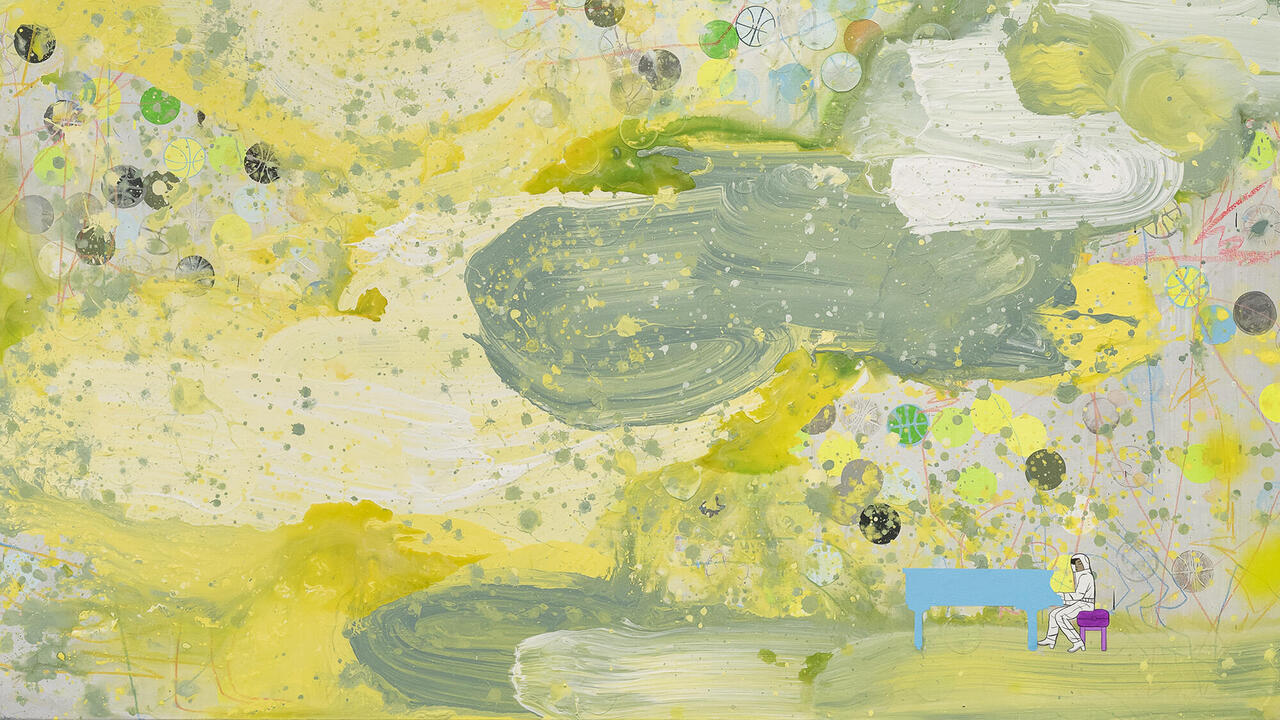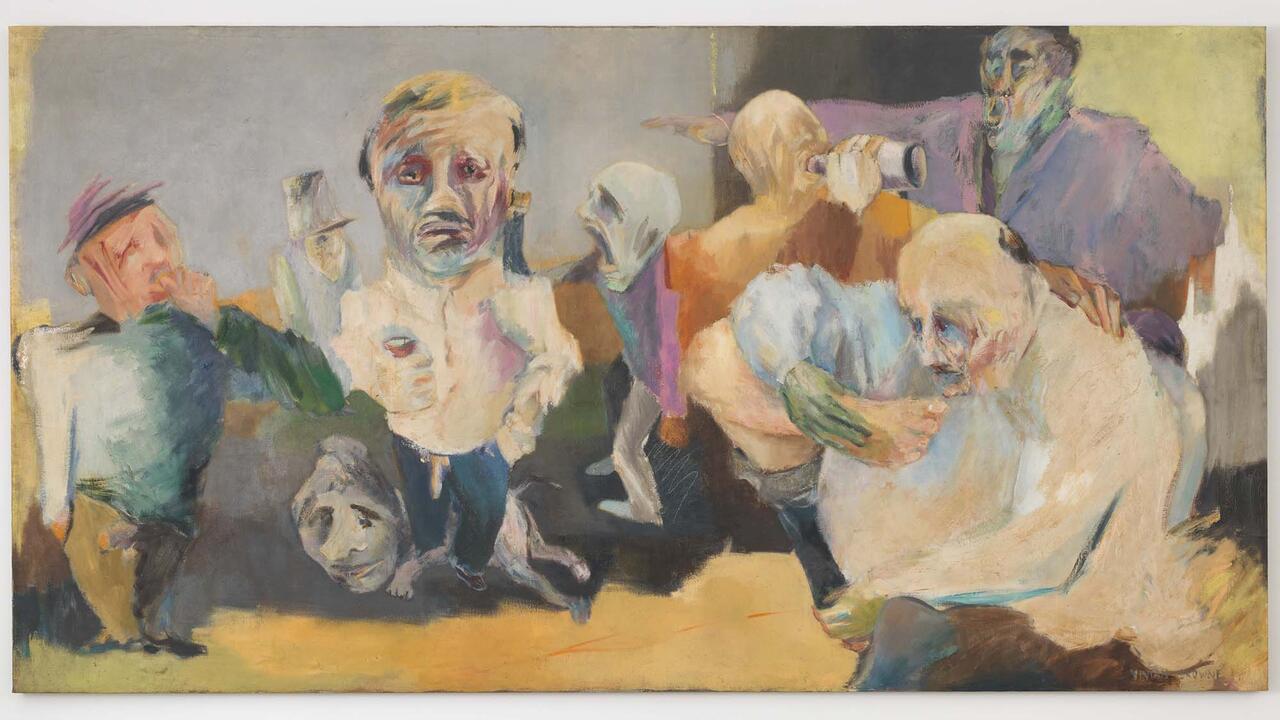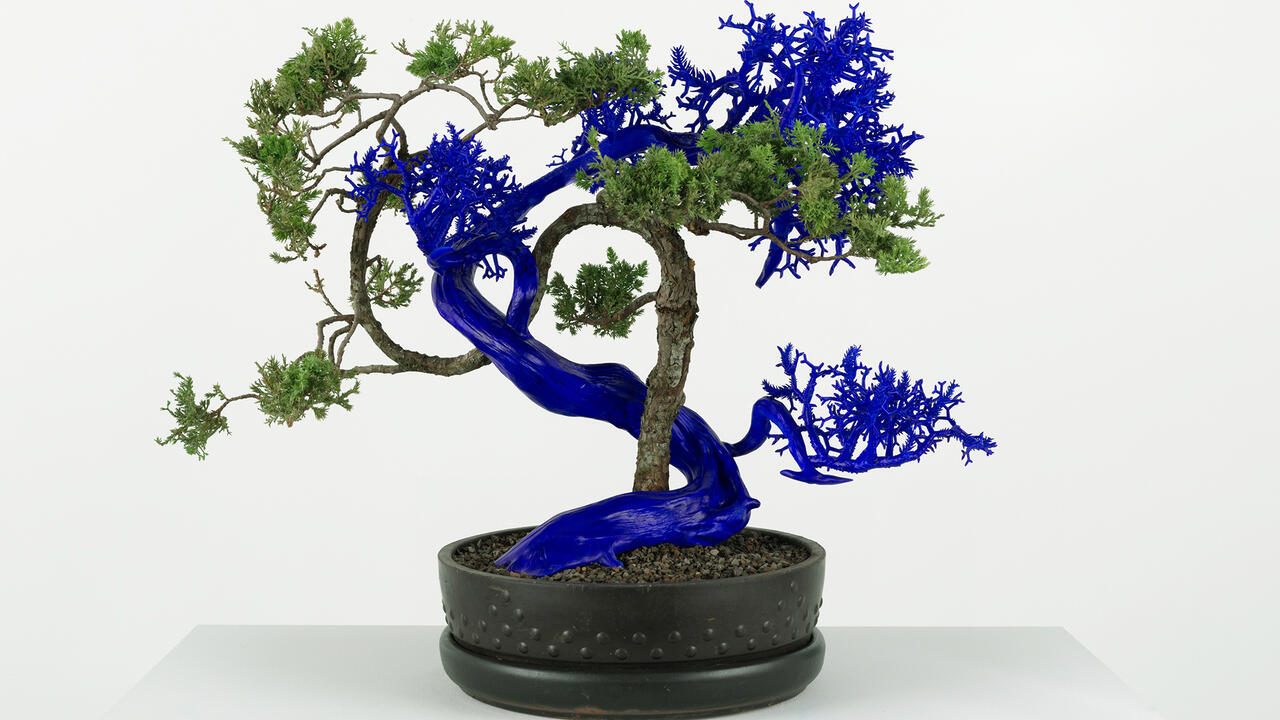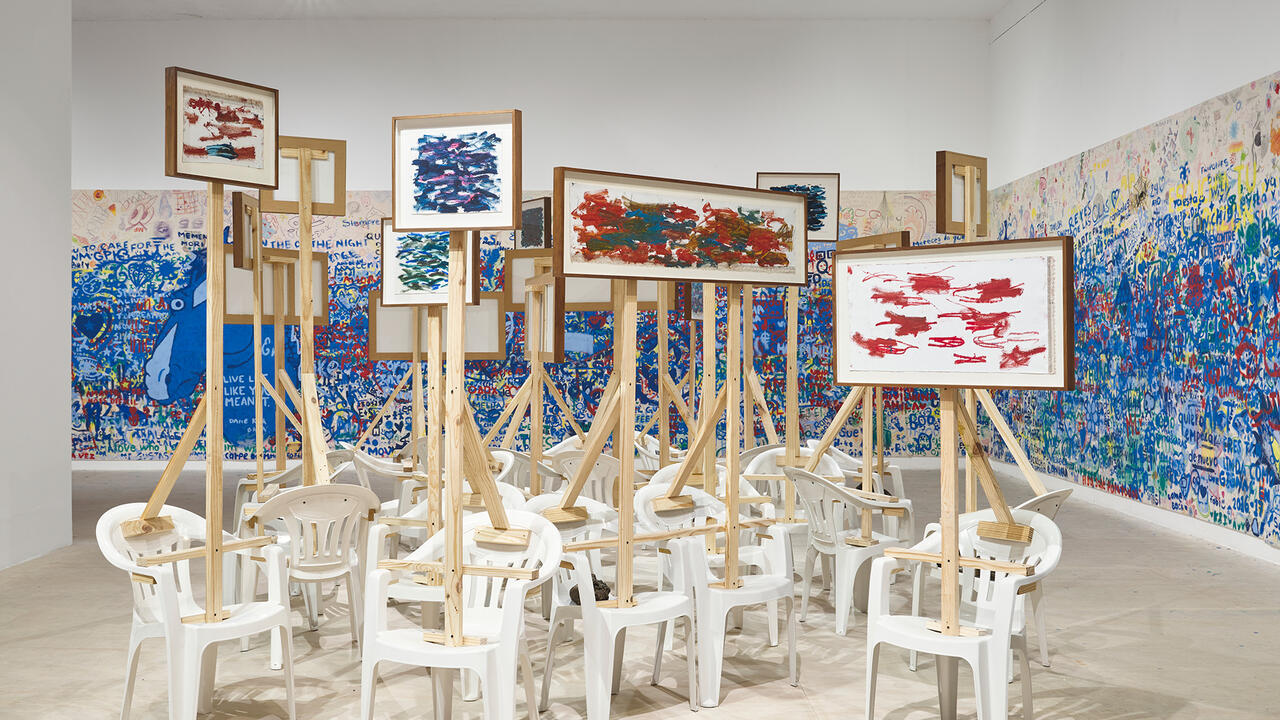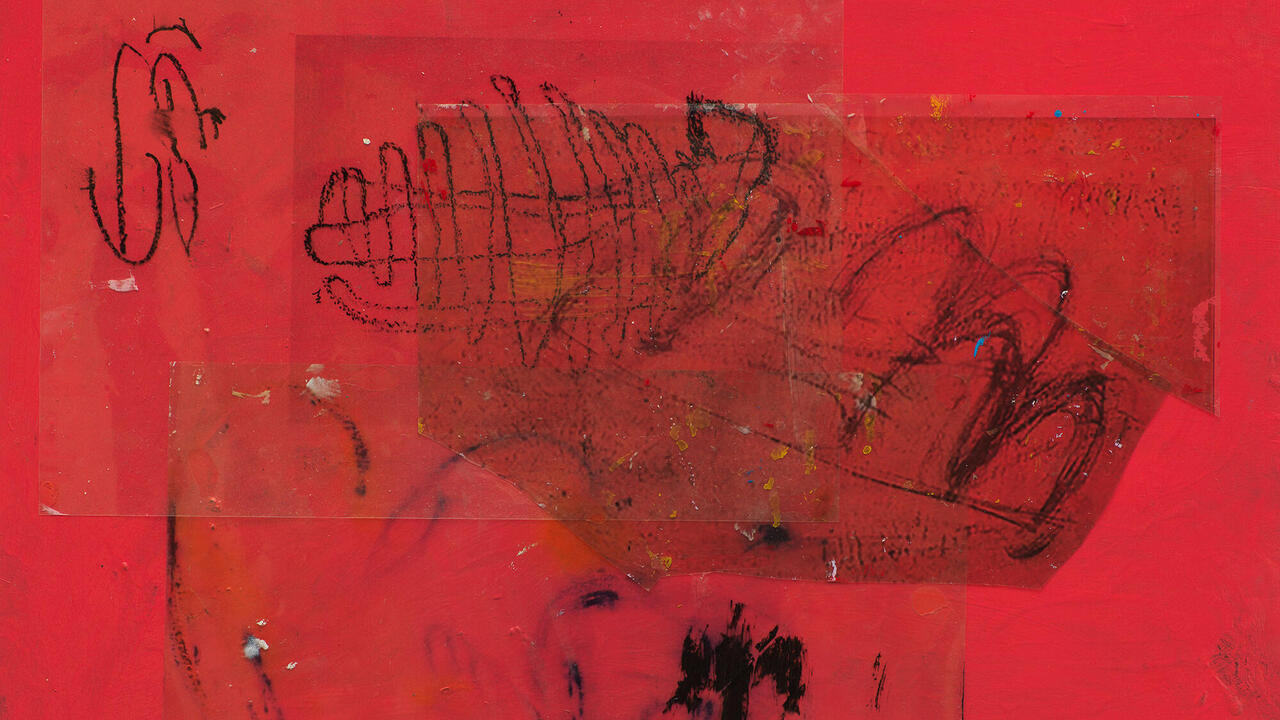Brandi Twilley’s Grocery Store Therapeutics
At Sargent’s Daughters, New York, empathetic oil paintings suggest healing through revisitation
At Sargent’s Daughters, New York, empathetic oil paintings suggest healing through revisitation

In 2003, Brandi Twilley took a leave from college due to severe depression and insomnia. Upon her return to Oklahoma, her family’s rural home caught on fire, forcing them to move to a nearby city, where Twilley began working at a local grocery store, Crest Foods. During her time there, Twilley made sketches of the store and her co-workers. Nearly 20 years later, while recovering from Lyme disease during the pandemic, she revisited these images and began a series of 40 oil paintings, a selection of which are on view at Sargent’s Daughters. In the ‘Crest Foods’ series, Twilley portrays her previous occupation through a profoundly humanist lens, acknowledging moments of hardship without dwelling on ideas of trauma. In doing so, she calls upon the past to make visible to us our capacity to live with and understand adversity, helping us to see it as a means for self-recovery.

Twilley worked morning shifts as a cleaner while the store was closed; the interior scenes are quiet and without people. 7 AM (2023) depicts a lone silver metal cart in the foreground with rows of food stretching down the aisles behind. The brushwork in most of the paintings is soft and loose. Long strokes of white paint evoke sterile fluorescent lights that shine on the waxy, reflective epoxy floor, and splotches of neon green, pink and yellow indicate price stickers on shelves. This perspective on the empty grocery store conjures a languid sense of calm – the grogginess and quiet isolation of Twilley’s early morning labour, undertaken as the world wakes up. A mop handle plunged in murky green-brown water in Cleaning Cart II (2023) vividly displays the tools of Twilley’s solitary duties. The seemingly mundane backdrop of this Oklahoma grocery store seems to create an introspective space for Twilley to connect with her past self during her recuperation in the present.

While the paintings of the grocery store convey solitude, the carefully rendered portraits of her co-workers set 20 years ago indicate deep consideration for her community during the pandemic’s moment of collective strife and intense division. Twilley positions us away from the us-versus-them rhetoric that has proliferated in contemporary American politics after the global recession of 2008 and two markedly different presidential administrations. Completed while she returned to Oklahoma after working in New York, her paintings emphasize her co-workers’ value as individuals, regardless of whatever cultural or ideological differences may separate them. All the subjects are painted face-on from the shoulders up, wearing the same black collared uniform, against various backgrounds around the store: a box of Cheerios, cartons of cigarettes or a rusted dumpster during a smoke break.

Many sitters look fatigued and worn out, but this is only one aspect of their representation: Sandy (2021), for instance, features a woman with noticeably tired purple circles around her eyes, but her calm, blue irises and relaxed expression contrast her physical wear, conveying a gentle demeanour. The uneven remaining teeth on Larry (2020) are set behind finely rendered, delicate lips that make him appear distinguished, with his dark combed-back hair and glasses. Her nuanced and individualized depictions challenge ungenerous preconceptions toward parts of the United States less often represented in contemporary art, prioritizing the artist’s affinity and respect for them. Although the series does not touch on the present state of the employees, Twilley leaves us hopeful that, like her, the workers at Crest Foods can live through arduous periods while maintaining a disposition of generous empathy.
Brandi Twilley, ‘Crest Foods’ is on view at Sargent’s Daughters, New York, until 14 October
Main image: Brandi Twilley, 7AM, 30 × 61 cm. Courtesy: the artist and Sargent’s Daughters, New York











